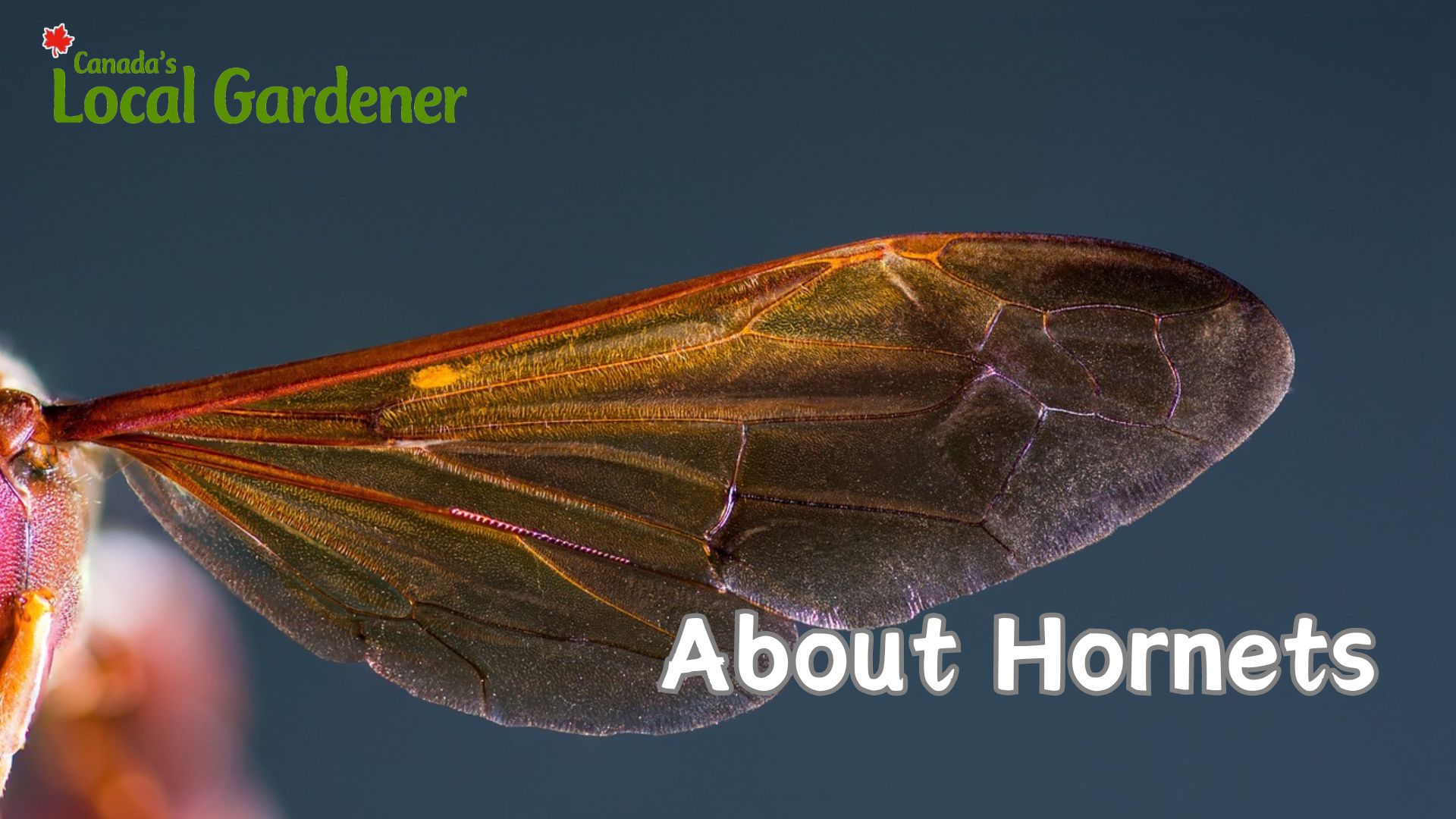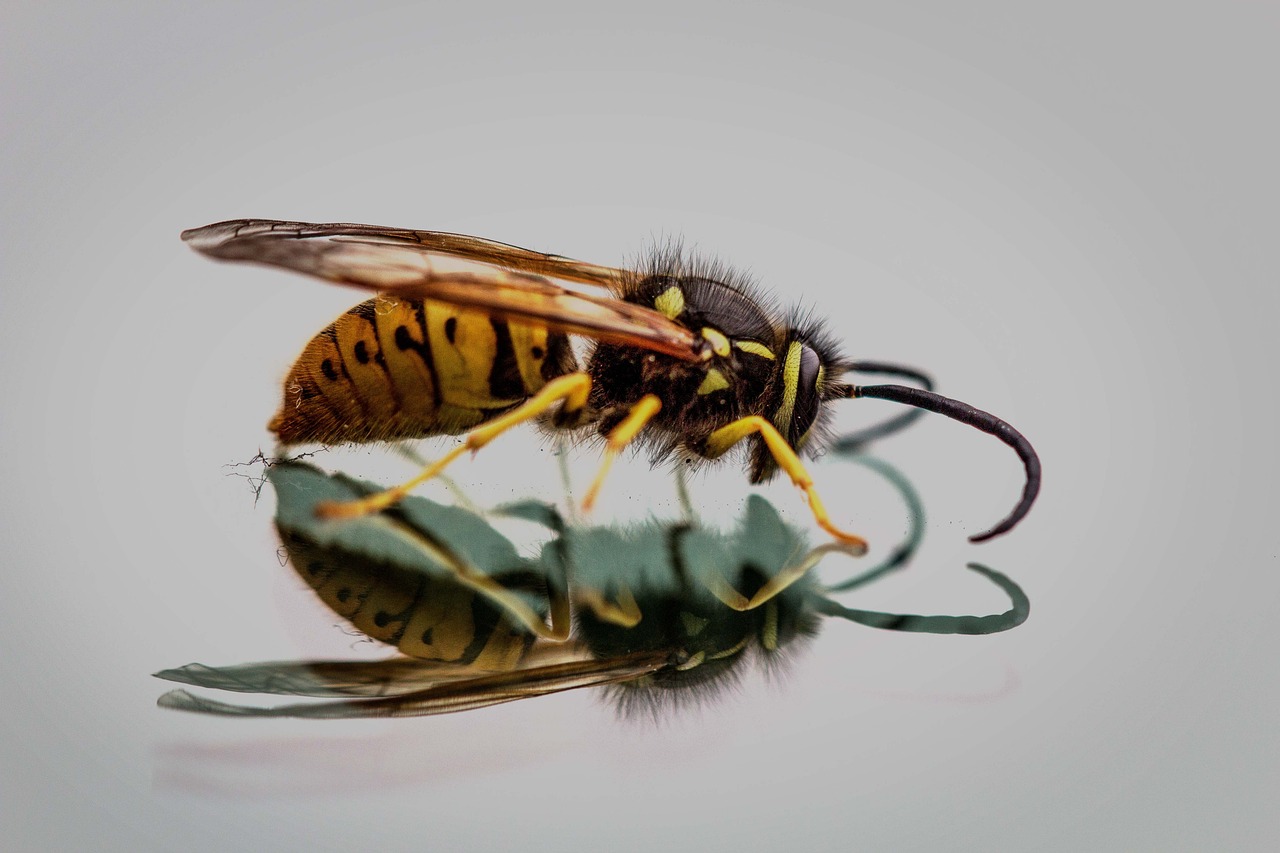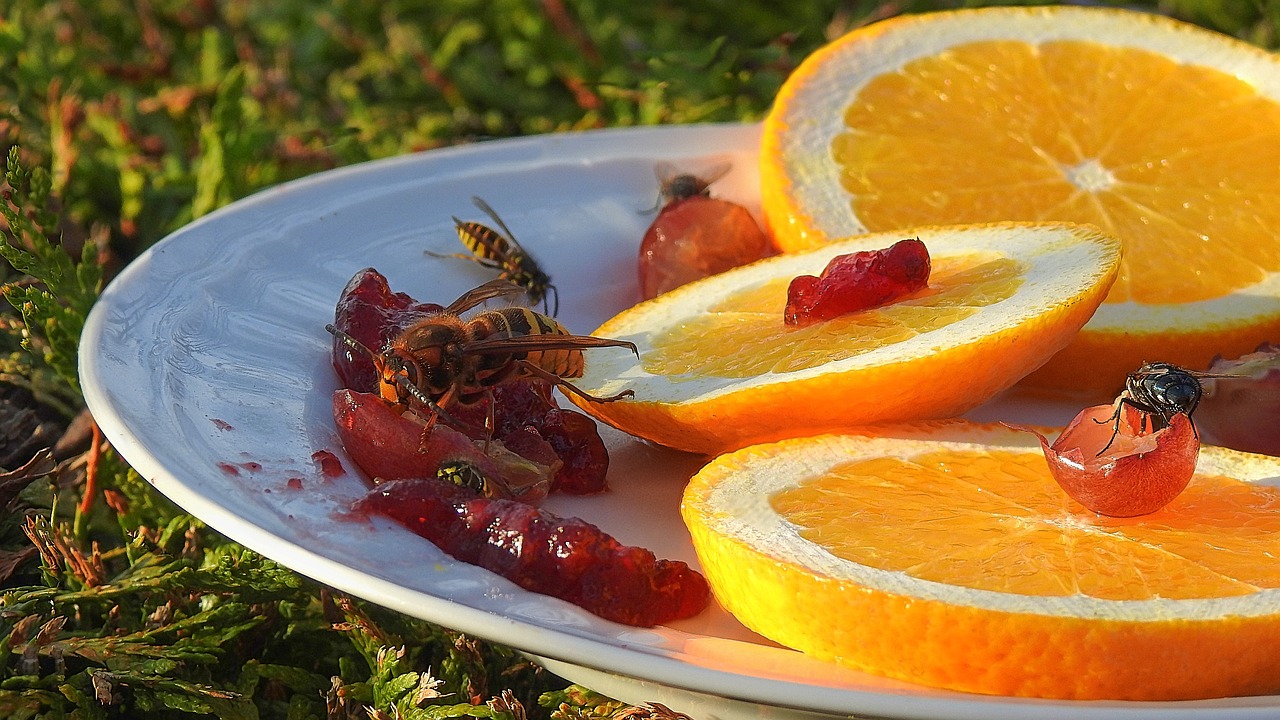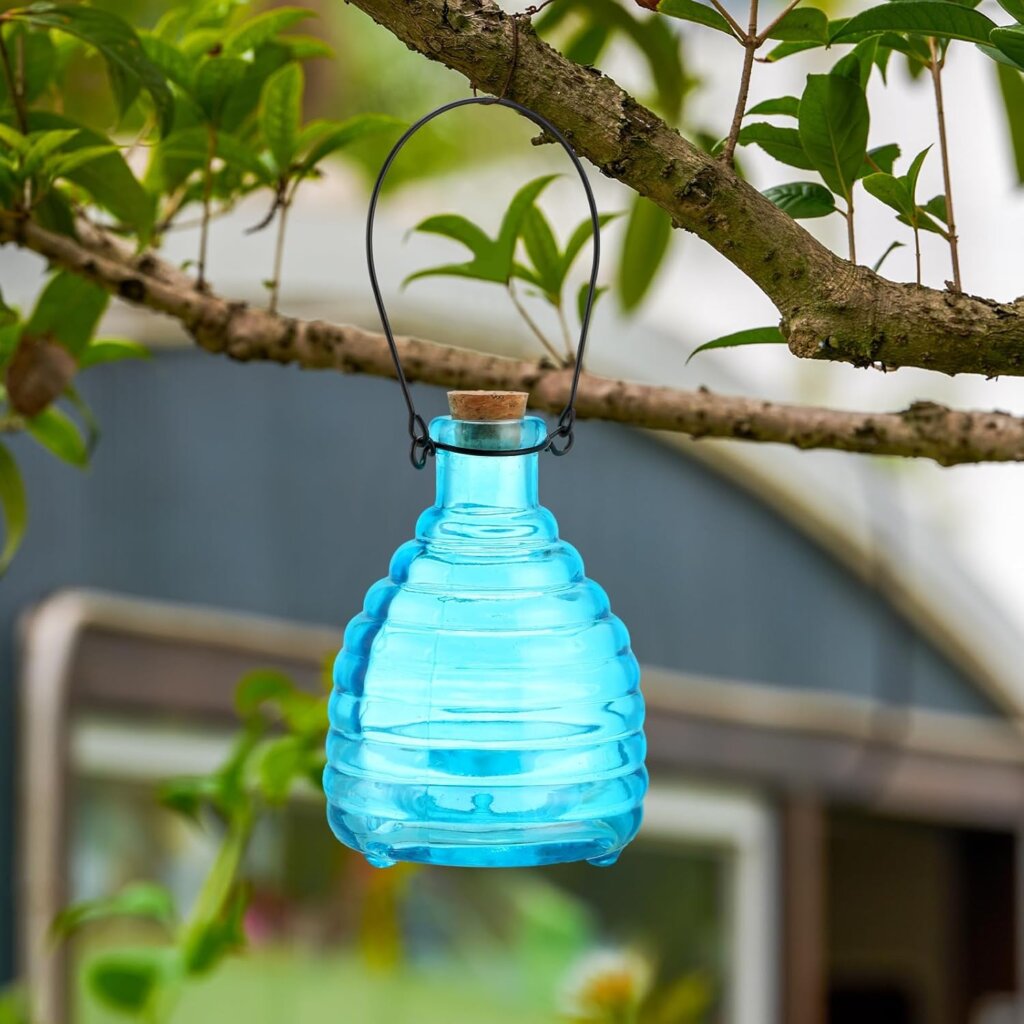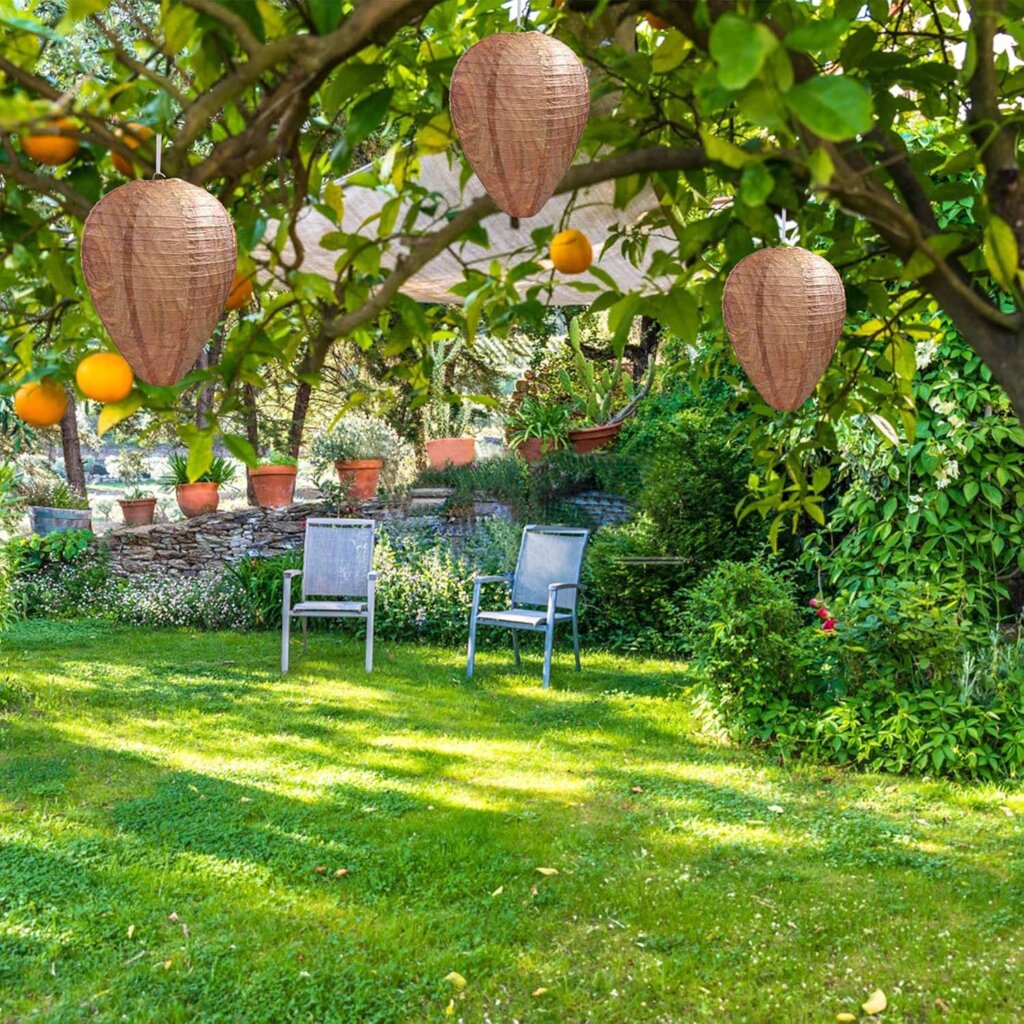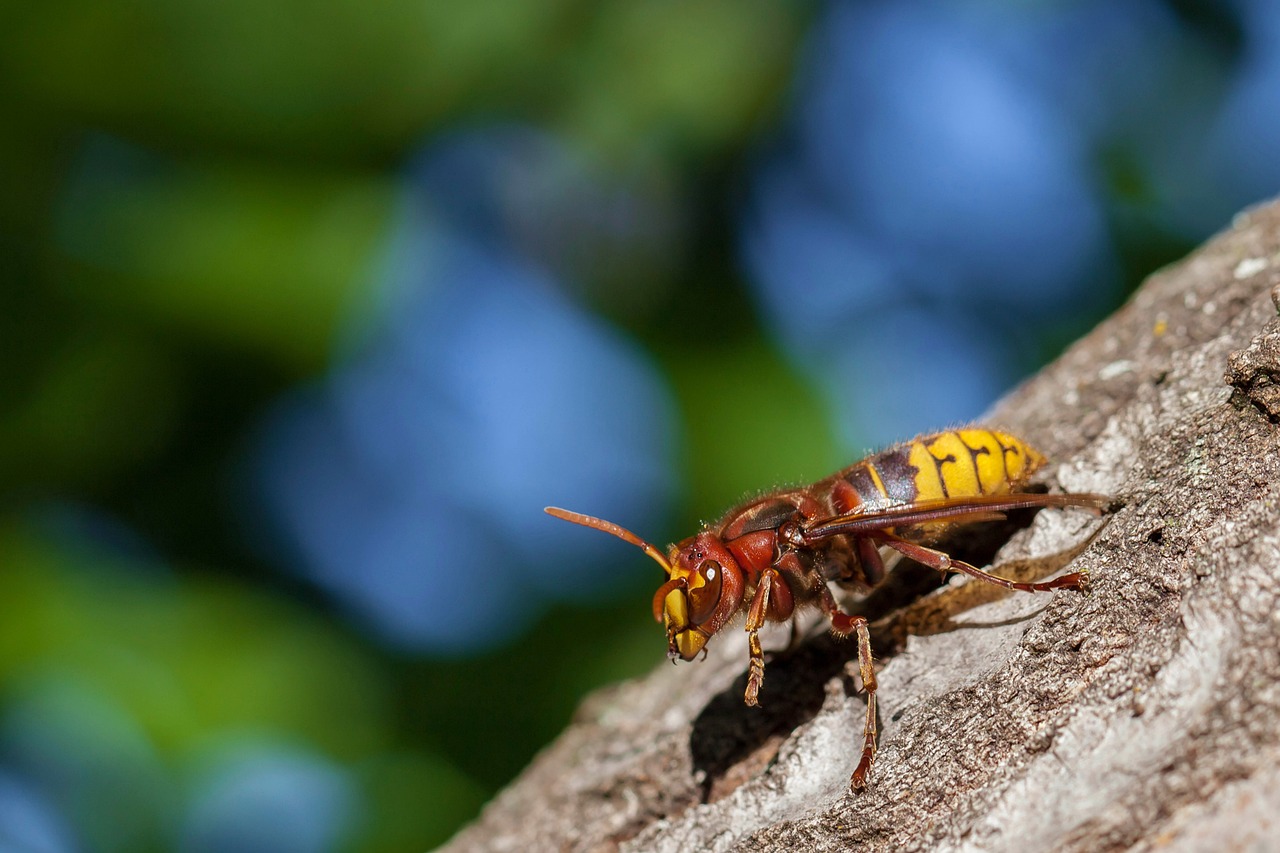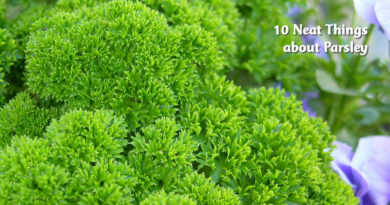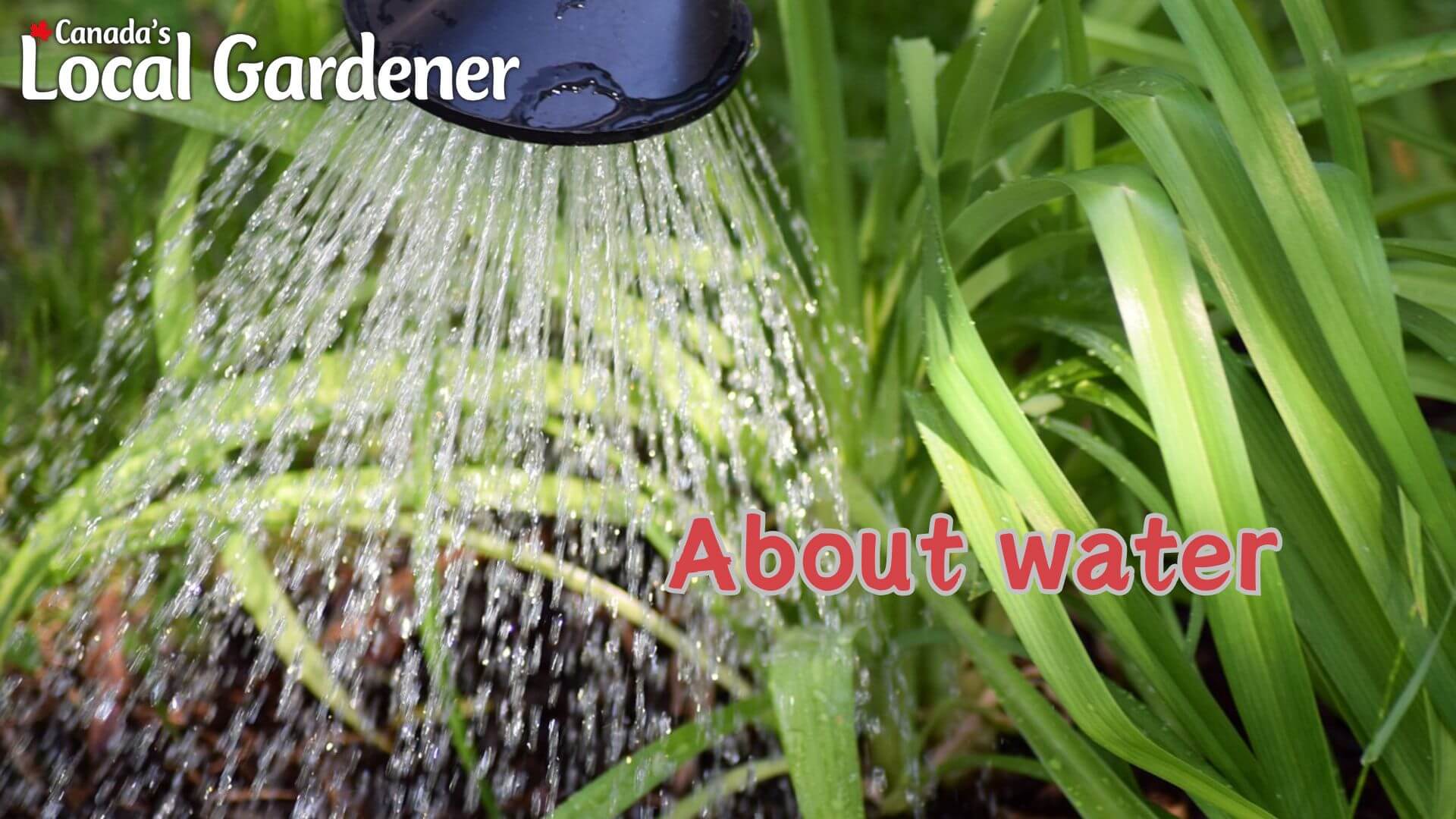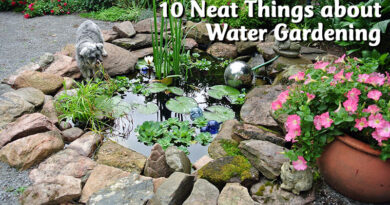10 Neat Things About Hornets
You’ve invited a crowd for dinner on your patio. Everybody is having a great time until you bring out the food. Then the buzzing starts. Hornets!
Here are 10 Neat Things about hornets, including how to avoid getting stung.
1. Late summer activity.
Hornets become more noticeable and aggressive in late summer because their colonies are at peak numbers and they are preparing for the queen to hibernate over winter. The dietary needs also shift from proteins, needed early in the season for larval growth, to carbohydrates. As the larvae mature and the number of them declines, adult wasps seek out sugary foods, which is why they’re particularly drawn to human food and drinks during this time.
2. “I know you….”
Hornets can remember people’s faces or other wasps, which is useful for identifying intruders or enemies. In experiments, researchers have used masks to test whether they respond differently to familiar and unfamiliar faces. Results suggest that hornets are more aggressive towards unfamiliar faces, implying some level of recognition. However, a hornet can remember you if you swatted at and didn’t kill her, too!
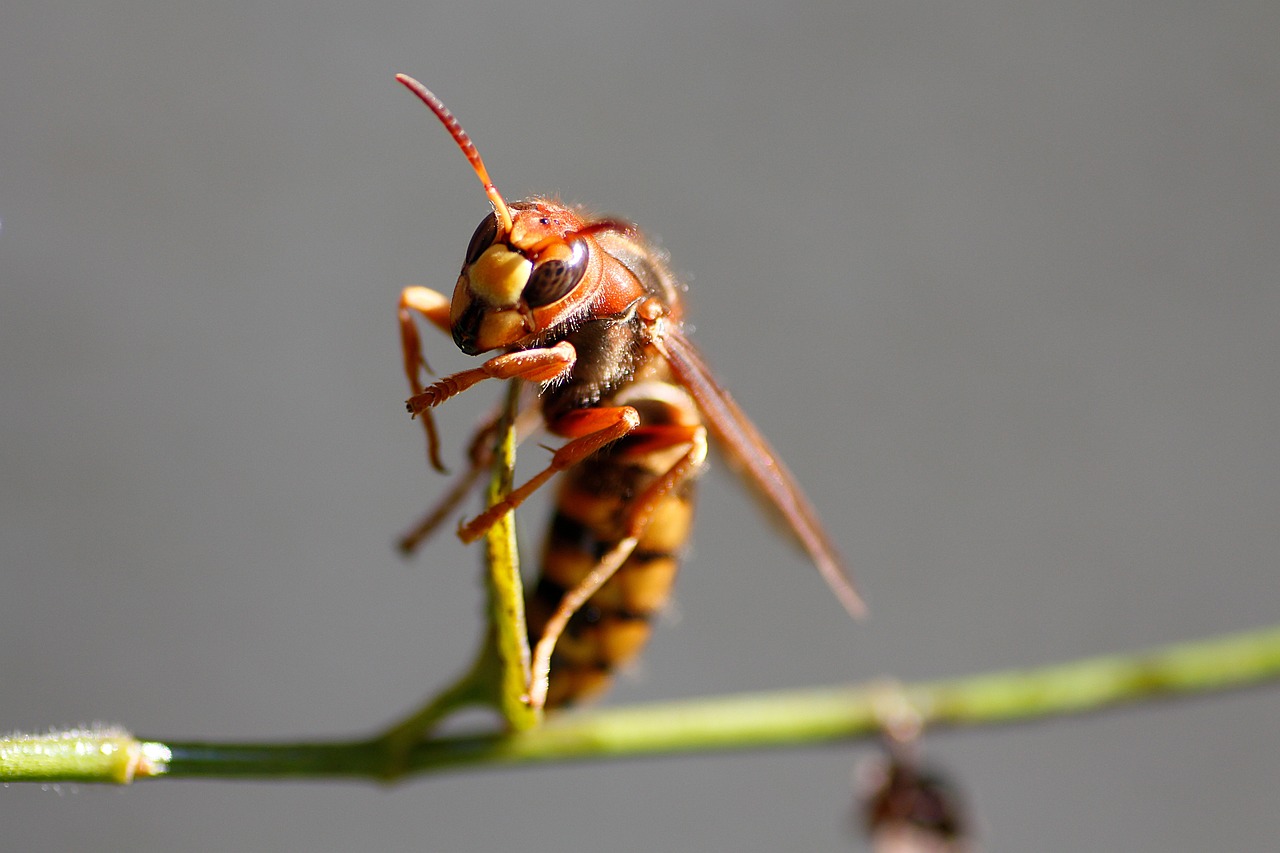
3. Her?
Most hornets you meet are female workers. Like bees and ants, males only exist for the purpose of procreating, hatching near the end of the season to join the new queens for their “nuptial flight”. The stingers that females have is actually a modified ovipositor, an organ that is for laying eggs. (Although workers don’t lay eggs; only the queen does.)
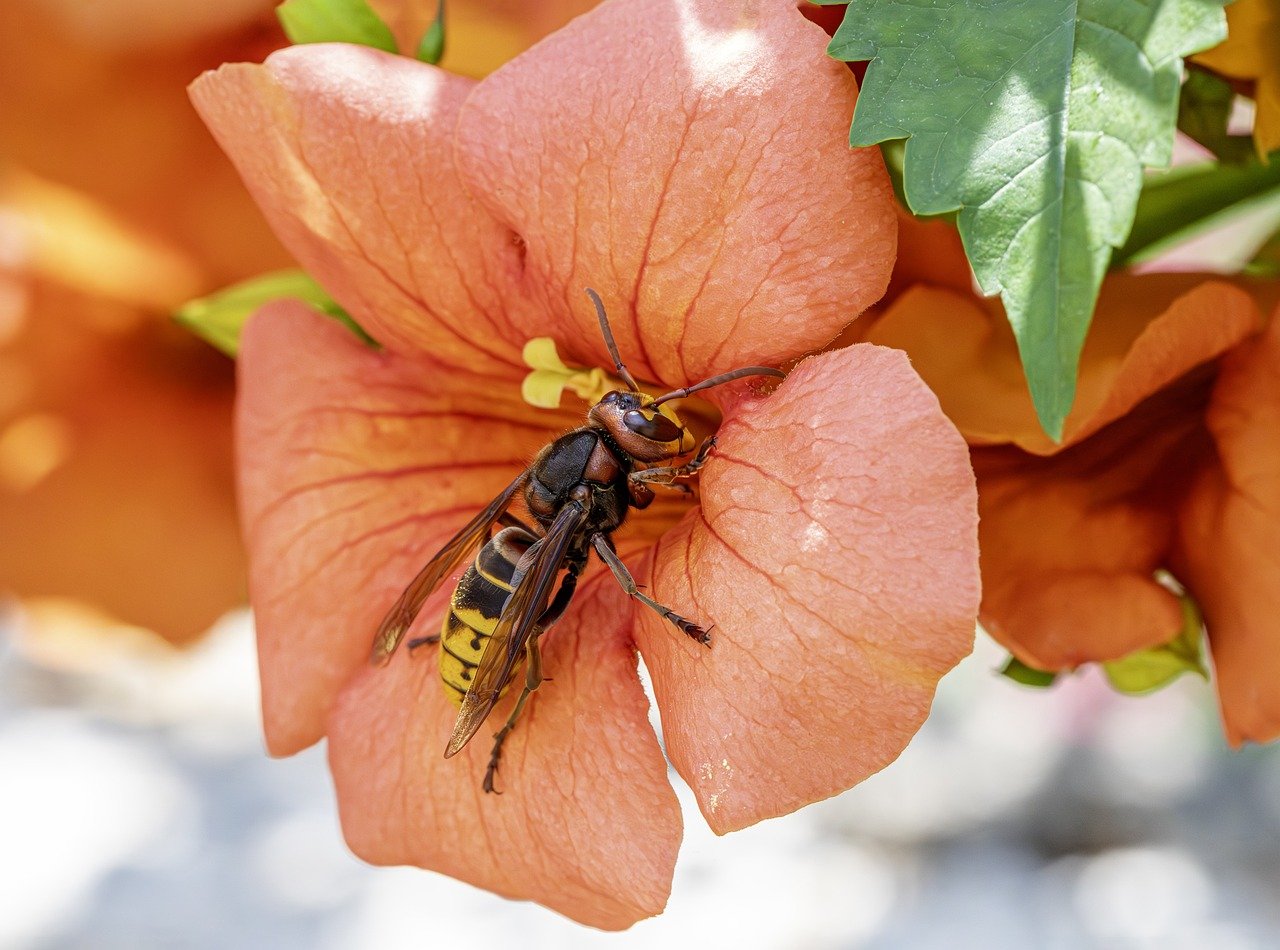
4. More about workers.
Each individual hornet worker has three different careers throughout her 20- to 40-day lifespan. She starts out working around the nursery, caring for the larvae and eggs. Then she gets into construction, building and repairing the nest. And finally, she goes out foraging for food and defending the colony.
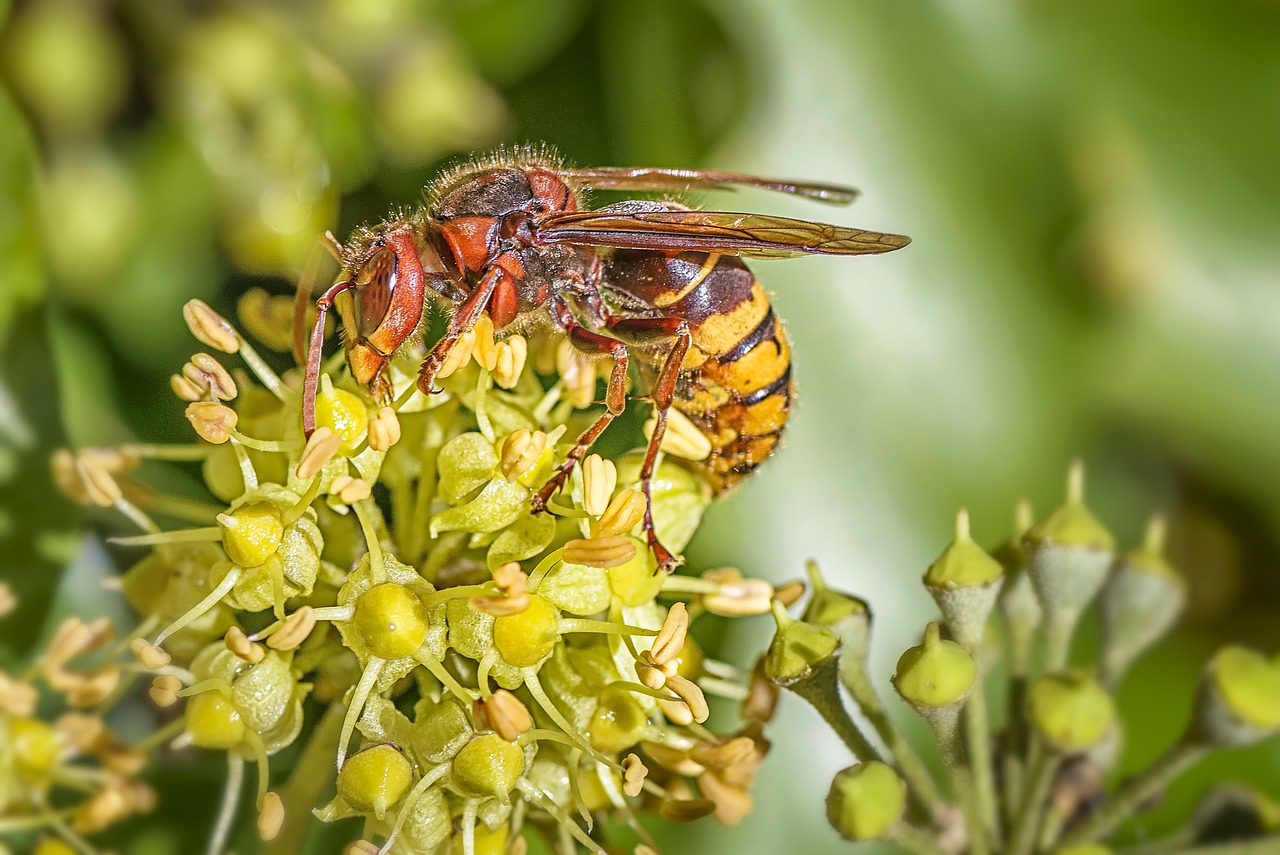
5. More about queens.
A queen starts her life outside home by mating with multiple males. She saves their sperm to make eggs for the rest of her life, which is about a year for hornets. Once mated, she finds a place to live for the winter, underground or in another sheltered place, and enters diapause. In spring, she finds a site for new colony, builds the start of the new nest, and lays her first worker eggs which she must care for. Once they hatch and grow, the queen settles in for a life of producing eggs and being fed and protected.
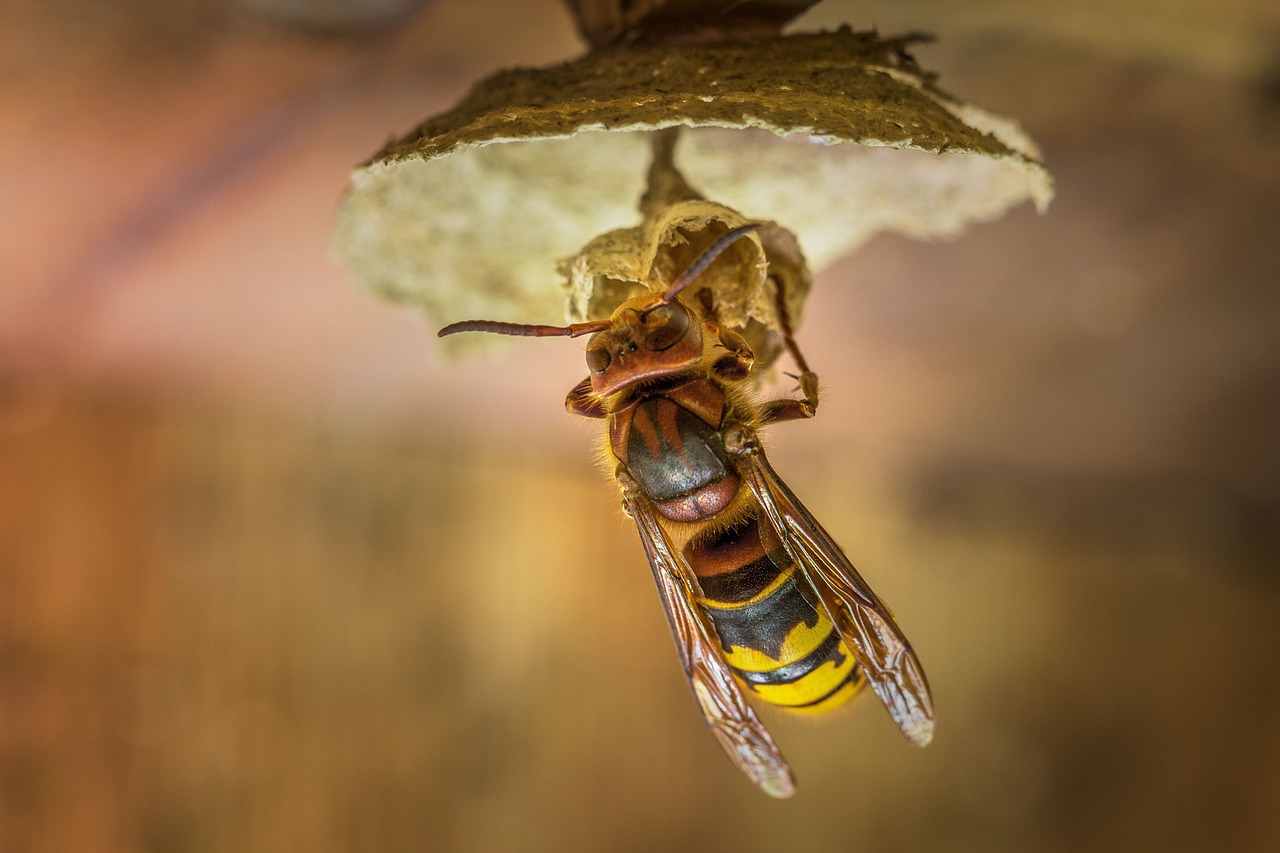
6. What they eat.
Carbs and proteins. Adult wasps capture other insects and chew them up to feed to larvae. For themselves, they take in nectar from flowers, juice from fermenting fruits and whatever sweet bits they can scavenge from your dinnerplate. They also enjoy honeydew from aphids they capture. Wasp Deterrent Tray
7. One superorganism.
A hornet colony is sometimes referred to as a superorganism. Superorganisms represent a fascinating and complex level of biological organization where a group of closely related individuals of the same species function together as a single entity. These groups exhibit highly coordinated behavior and division of labor, with individuals sacrificing their reproductive ability to support the colony.

8. Many stings.
Unlike honeybees, a hornet can sting multiple times. A honeybee’s stinger is barbed and sticks in you when she attacks, taking some of her innards; she dies. A hornet will live to sting you again!
9. Avoiding stings.
A hornet doesn’t really want to sting you, she just wants some of your food. It’s hard for some people but try not to make a fuss when one starts buzzing around you and your ice cream. Don’t wear scented products in late summer and wear dull colours if you are going to be outside. It is impossible to keep them away altogether, though. Outdoor disposable fly trap
10. When you find a nest.
Hornet nests are commonly found under eaves or hanging from trees. If it doesn’t bother you to have one on your property, don’t worry about it. If you want it gone, wait until after dark, when all the hornets are inside, and blast it with wasp insecticide. Aim for the hole in the bottom.



